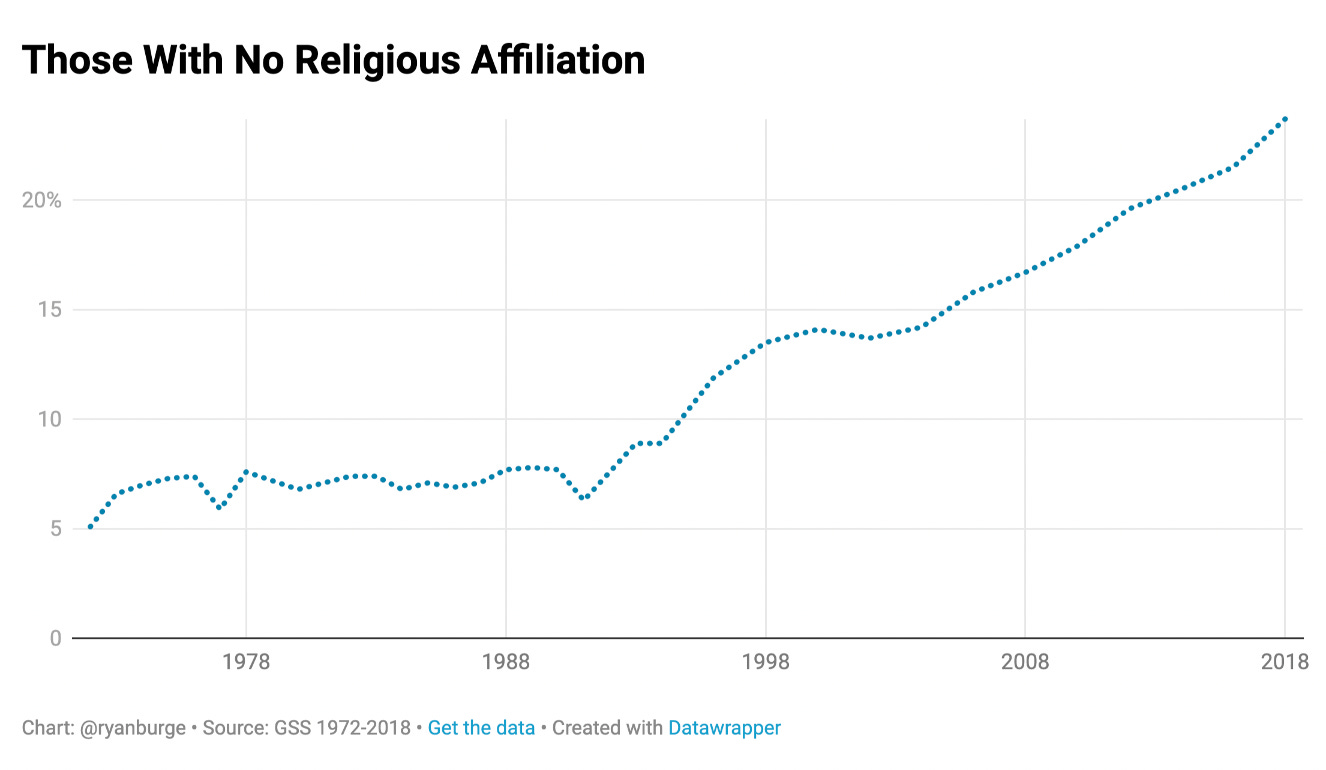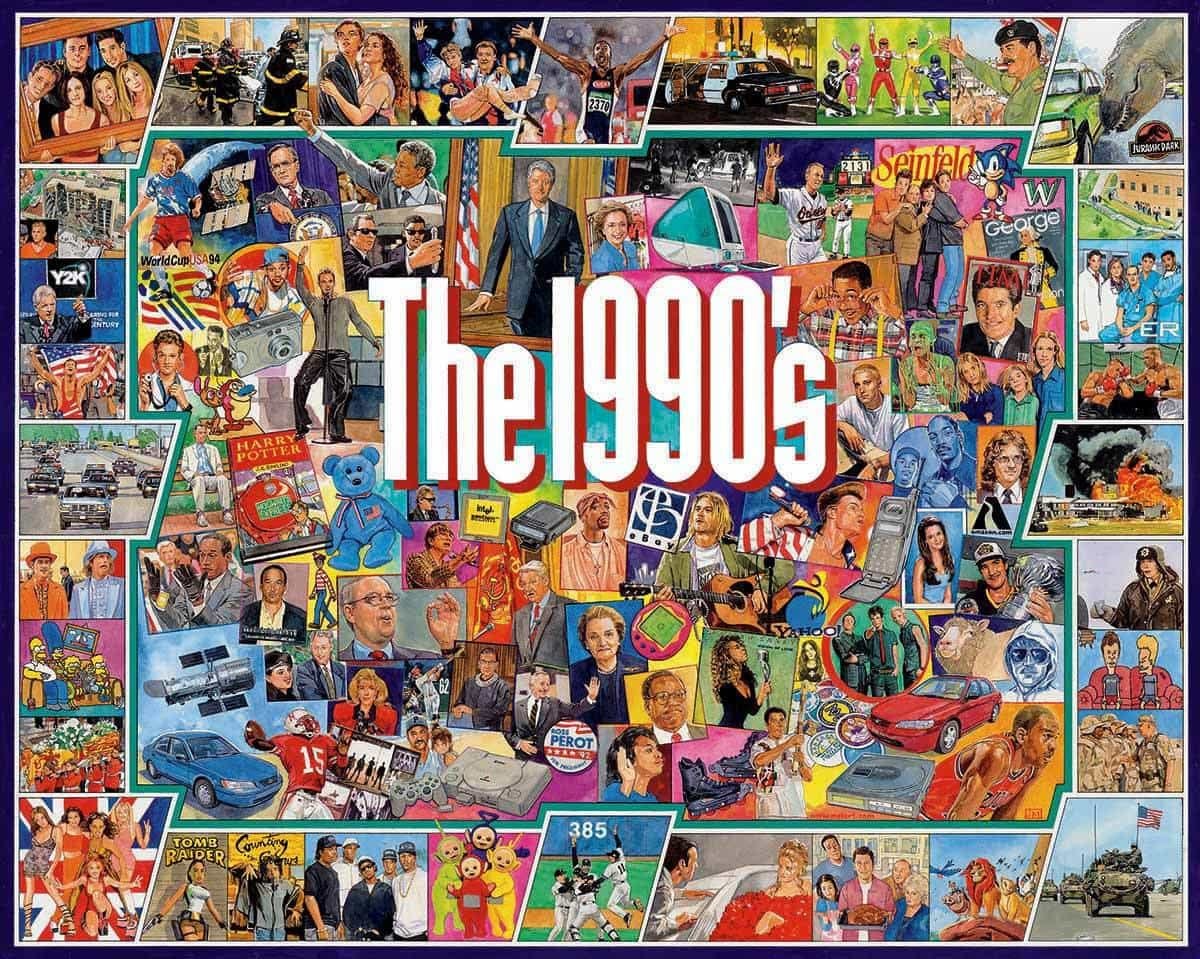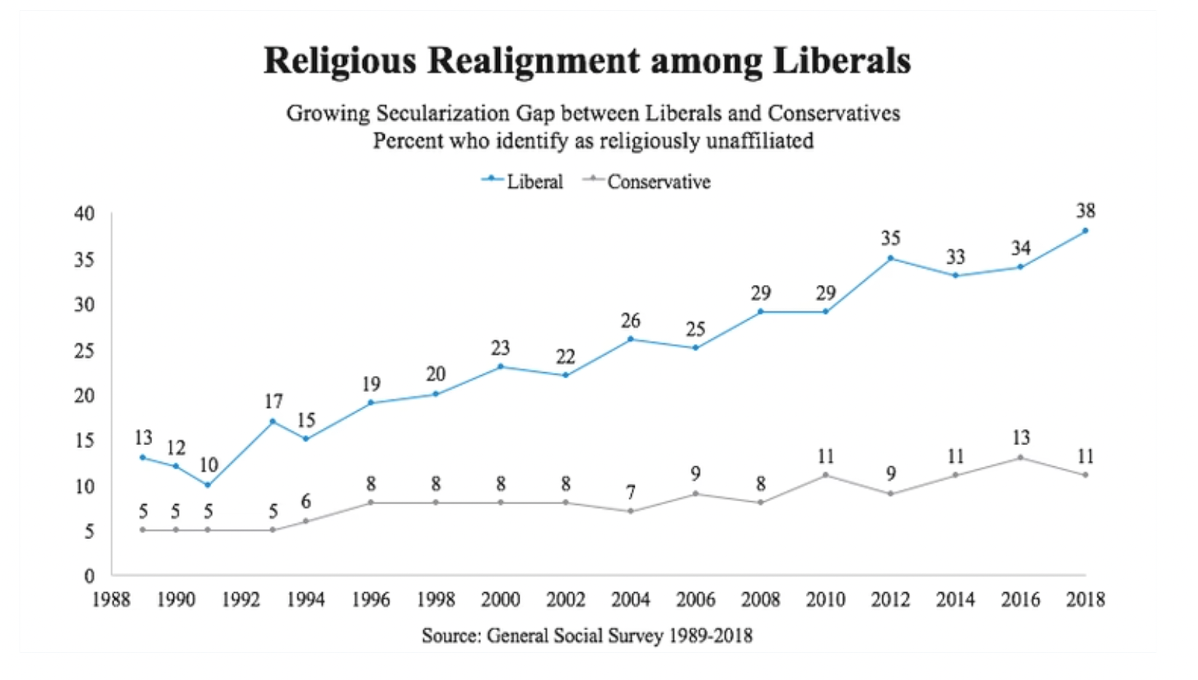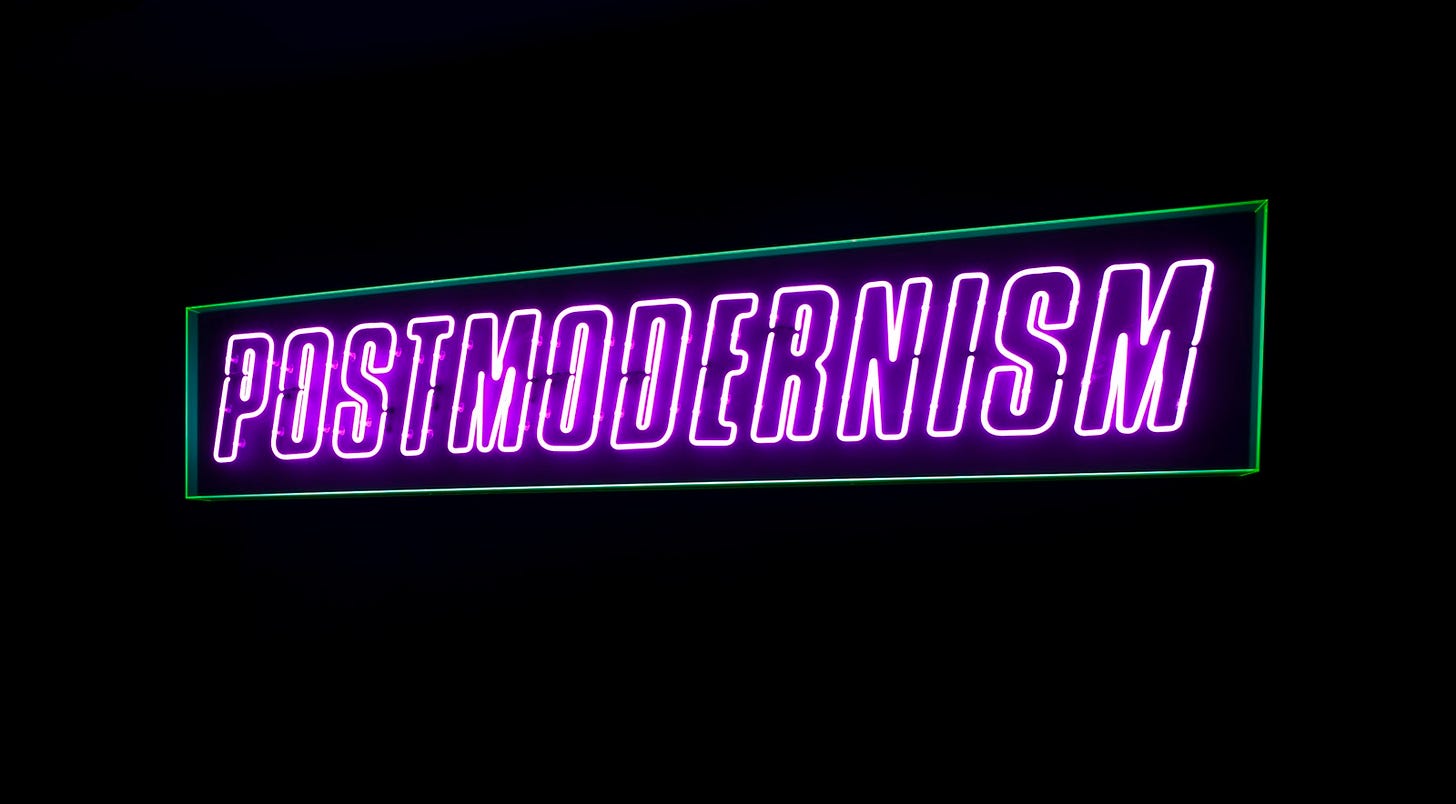What Happened in the 1990's?
Understanding the meteoric rise of America's largest mission field
This past weekend was marked by good friends, good food, good football, and a really good book titled, The Nones: Where They Came From, Who They Are, and Where They Are Going.1 The author surgically dissects the religious landscape in America and then unpacks the most recent data on religious affiliation. Our world is rapidly changing, and if we want to mobilize more disciple makers and pioneer leaders to reach the growing harvest, it’s important to understand how we got here. Something significant happened in the 1990’s.
If you would like to subscribe to this email, you can do that by clicking the link below.
Religious Disaffiliation
In 1972, only 1 in 20 Americans had no religious affiliation. They were primarily atheists and demographically young, white, and liberal. The prediction that atheism would follow modernity in the West simply didn’t hold true for the United States. The sexual revolution of the 60’s, the anxiety of the 70’s, and even the greed of the 80’s created no change in the uptick of atheists and agnostics. The religious Nones remained an obscure and somewhat overlooked group.
But in the early 1990s something significant began to happen. The connection between American identity and faith snapped, and religious non-affiliation in the U.S. started to rise—and rise, and rise again.
In only thirty years, the number of Americans with no religious affiliation has moved from 5% to nearly 30%!
The General Social Survey (GSS) puts the number at 23.7% and the Cooperative Congressional Election Survey (CCES), a survey with a much larger sample size, has the number of Nones at 31.3% of the population. Even more concerning, these figures are prior to COVID-19, the tumultuous election of 2020, and the continued culture war that seems to be ripping our country at the seams.
What Happened in the 1990’s?
The graph above is clear. Religious disaffiliation began to snowball in the Nineties.
I spent most of the Nineties in high school and college and remember the decade well. It began with the fall of the Soviet Empire and continued with the dismantling of apartheid in South Africa. The median income increased by almost 10% and the decade was marked by relative peace and prosperity in America.
It was also a decade that gave us a vibrant pop culture and a few iconic television shows like Seinfeld, Friends, Fresh Prince, the X-Files, and the Simpsons. Musically, the Nineties introduced us to grunge, industrial rock, alternative, EDM, new jack swing, and was indisputably the golden age of hip-hop. It was also a decade of Sony Discmans, Palm Pilots, and Play Stations. Technology was advancing, the internet was born, and by the end of the decade the search engine Google was founded.
Yes, I am a proud member of Generation X and look back on the decade with nostalgia.
But it was also a decade of disruption, and the axis on which the old world ended and a new one began.
The growing power of the internet, the rise of entertainment culture in politics, advances in technology, and the Monica Lewinsky affair all shaped who we are today. It was a decade that inaugurated the rapid rise of the religiously disaffiliated. But why?
Ryan Burge is the author of “The Nones” and a political scientist at Eastern Illinois University. He writes,
“One thing that fascinates me is how fast (the Nones) are growing. It is just incomprehensible. Change is glacial for most religious groups, but the nones are growing a point or two every two years. You just don’t see that with other groups.”
There are a number of proposed theories that try to explain the increase in disaffiliation.
Did the end of the Cold War cause people to throw off their religious impulses when the global battle of good vs evil was finally decided?
Did the Monica Lewinsky affair and other religious scandals erode our trust in authority to such a degree that hundreds of thousands of people began to disaffiliate with the Church?
Did our growing economic prosperity and secularization finally reach its tipping point?
While each of these ideas have merit, I believe there are three key issues that began to take root in the Nineties and provide a helpful explanation for the issues impacting our country.
Political Division
The first and perhaps primary cause of the religious disaffiliation that began in the 1990’s is politics. In his book The Nones, Burge is even more adamant. He writes,
“The best and clearest explanation for the rapid rate of religious disaffiliation can be traced back to the recent political history of the United States”.
Disaffiliation began occurring in the Nineties almost entirely among people who placed themselves on the left side of the political spectrum. This was not always the case, and the chart below shows the exponential increase. In 1991, there was a five-point gap between Liberals and Conservatives who considered themselves religiously unaffiliated. By 2000 that gap had grown by ten percentage points as 23% of Liberals considered themselves religiously unaffiliated. Today the number stands at a whopping 40%!
Christian Smith, a sociology and religion professor at the University of Notre Dame interprets this shift as a reaction to the Moral Majority movement founded in 1979 and continuing throughout the 1980’s. Smith writes2,
“The marriage between the religious and political right… disgusted liberal Democrats, especially those with weak connections to the Church. It also shocked the conscience of moderates, who preferred a wide berth between their faith and their politics.”
Smith said it’s possible that young liberals and loosely affiliated Christians first registered their aversion to the Christian right in the early 1990s, after a decade of observing its powerful role in conservative politics. This pattern pushed many marginal believers to disaffiliate with religion as their political alliances became stronger than their faith commitments. If the Republican party was branded as the “Christian” party, then many Democrats would begin to see themselves as a different kind of religion.
In the last few years, we’ve all experienced the confluence of politics and religion. In our neighborhood there has been a growing trend of political yard signs that begin with the words, “In This House We Believe” and continue with what amounts to nothing less than a religious creed.
What will the future bring?
One can only expect a greater degree of religious disaffiliation following the polarizing election of 2020. How will that disaffiliation shape future political policy? How will politics continue to impact religion? One thing is certain, the upward trend that began in the Nineties doesn’t appear to be slowing.
Postmodern Confusion
Postmodernism is a second cause of religious disaffiliation and I would argue that it began to take root in the 1990’s as well. The movement has mutated over the years but the first phase of postmodernism was the twenty-five year period between 1965-1990 when French scholars and philosophers began the process of deconstructing the world around them.
The deconstructive phase of postmodernism burned out in the early 1980’s and out of its ashes came a new mission to apply postmodern principles to reconstruct a much different world unshackled from its previous foundation. The theories that developed out of this second phase of postmodernism began to take root in the Nineties. This shift embedded the principles of postmodernism in American colleges and universities and eventually trickled out to the general public. The trickle has now become a flood.
In their book Cynical Theories, Helen Pluckrose and James Lindsay do a great job unpacking the major principles of the movement3. I will highlight three.
The first is a blurring of boundaries that often disrupts categories by making things appear fluid, ambiguous, and indefinable. This is most clearly seen in Queer Theory and the confusion on display in popular media with sexual ethics and identity.
The second theme is an obsession with language, as words are seen as powerful and dangerous. This has led to the introduction of safe spaces, microaggressions, trigger warnings, and what we now know as “cancel culture”.
Third, is a cultural relativism that insists no one set of cultural norms is better than another. Any viewpoint offered from a position of power is now dismissed as being oppressive.
The applied postmodernism that began in the Nineties is only gaining momentum and seeks to undermine any overarching metanarrative including the exclusive claims of Christianity.
Generationally, what began with college students in the Nineties is now bearing fruit and leading to a rapid rate of religious disaffiliation.
Internet Consumption
Politics have created division, postmodernism has created confusion, and the internet has served to amplify both. I remember my freshman year at the University of Northern Iowa, walking across campus to the library to access the internet. The year was 1995 and Netscape Navigator was the browser of choice with close to 10 million users. Home internet was virtually non-existent at the time, and I still remember the sound of the computer connecting online a few years later. However, by the year 2000 nearly 50% of households had home internet and shortly thereafter, nearly every household in America had a personal computer and access to the world-wide web. In 2007, Apple released its iPhone, a technology that would change the social fabric of our society.
These new technologies were introduced in the Nineties and information that was previously transmitted through the family, the community, and the local church was now accessible online.
Today there is an onslaught of 24/7 news cycles, an epidemic of pornography, waves of on-demand entertainment, and the negative impact of social media.
The exponential growth of the Nones seems to correlate closely with the rise of the internet and smart phone and has created a narcissistic, self-obsessed consumerism that seems difficult to break.
These three major themes (political division, postmodern confusion, internet consumption) each originated in the Nineties and continue to push people toward religious disaffiliation. So what does a “typical” religious None look like and how might we reach them once again?
A Profile of the Nones
The CCES survey puts the number of Nones at 31.3% and by no means are they a monolithic group. In fact, they are often subdivided into atheist, agnostic, and nothing in particular. Atheists make up about 5% of the population, agnostics another 6%, and “nothing in particular” over 20%.
Studies have shown that in the last ten years the percentage of atheists that have switched affiliation to Christianity is less than 0.7%. Agnostics aren’t much better at 3.6%. This doesn’t mean we should abandon outreach to these two groups, but the chances of them converting to Christianity is quite rare.
“Nothing in particulars” are a different story.
The “nothing in particulars” aren’t hostile to the Christian faith and according to Burge, “The data indicates that one in six of them will move back toward a Christian tradition over a four-year period.”
The point being, if you want to share your faith with the Nones more strategically, focus your efforts on the “nothing in particulars”. They’re persuadable, but also living in the confluence of political division, postmodern confusion, and internet consumption. Here are a few thoughts on each.
Combat Division with Unity
If politics are bringing increased division and causing many people to leave Christianity, it will be important to bring unity to the conversation. Many of the “nothing in particulars” view Christianity as Republican and if they already lean in a Liberal direction, it’s wise to be less partisan and more biblical in our tone and preaching. Finding common ground and framing issues through the lens of the gospel rather than political talking points will be important.
Combat Confusion with Truth
Second, if postmodernism has spawned increased confusion among many, it’s vital that Christians be rooted in the truth and prepared to offer direction. 1 Peter 3:15 tells us,
“But in your hearts, revere Christ as Lord. Always be prepared to give an answer to everyone who asks you to give the reason for the hope that you have. But do this with gentleness and respect”
The postmodernism aversion to authority may require a new approach to sharing our faith that centers on stories, questions, and building Gospel bridges. But we need to take Peter’s advice by offering concrete answers to the swirling questions around us, and we need to do it with gentleness and respect.
Combat Consumerism with Generosity
Finally, the consumeristic culture of smart phones, Amazon shopping, and Netflix has created a narcissistic society. The antidote is sacrifice and generosity. This might require us to encourage “nothing in particulars” to serve with us on short-term mission trips, community events, and find other ways to bless the world around them. Either way, we must demonstrate a faith that is generous and sacrificial, rather than feeding the consumerist tendencies of our culture.
A Final Thought
I’ve spent far too many hours this past weekend researching, reading, and writing but hopefully this post has been helpful. I find the three overarching themes of division, confusion, and consumerism as a helpful way of reframing the challenges before us. While these three challenges have been with us since the beginning of time, they took on a unique role and were escalated forward in the 1990s.
I pray we can find a path forward.
The 2020 census revealed there are now 258 million adults over the age of 18 living in the United States.4 That means 51 million of them (20%) are “nothing in particular”. They’ve decided not to affiliate with Christianity. They’ve decided not to belong to a local church. They don’t really know what they believe.
Most of them probably don’t even remember the Nineties.
“Lord, give us wisdom to reach the largest mission field in America with the good news of a gospel that unifies rather than divides, providing truth in the midst of confusion, and generosity in an age of consumption.”
Amen.
Statistics in this article (unless otherwise noted) are from the book by Ryan Burge, The Nones: Where they Came From, Who They Are, and Where They Are Going. Fortress Press, 2021.
https://www.theatlantic.com/ideas/archive/2019/09/atheism-fastest-growing-religion-us/598843/
Pluckrose, Helen and Lindsay, James. Cynical Theories: How Activist Scholarship Made Everything about Race, Gender, and Identity- and Why This Harms Everybody. Pitchstone Publishing, 2020.
https://www.census.gov/library/stories/2021/08/united-states-adult-population-grew-faster-than-nations-total-population-from-2010-to-2020.html









Wow what a well thought out, researched, and presented article, Jon. So very helpful and insightful.
I think we have a challenge ahead of us on the three solutions you offer. In terms of the unity needed--I agree wholeheartedly but wonder if Christians are less unified than we have been in some time. I do think we can be "united" at a local or neighborhood level in a way that gets this done for the nones--but they (and all of us) spend so much time online it will be hard to overcome the reputation for division. Also, we are divided, in some cases, over important issues either "side" is unlikely to budge an inch on.
On truth, it seems we as Christians have bought into a more postmodern way of thinking--in that we each have "my truth" which is of course a misnomer. I'm interested in what is THE truth, not just my opinion, a.k.a.: my subjective experience. Christians who were paranoid about postmodernism in the 90s, as you talk about, have embraced a very postmodern way of operating, especially if their worldview is challenged from outside of it (even if challenged biblically by their own pastor). Again, smaller communities may be the answer... a group that is saying "What does this passage say about God and people" instead of just "what is your opinion about God and people"... as you know and practice yourself, Discovery Bible Studies and Discipleship Groups do this well, and that's part of why I favor those methods over most any other Christian methods of evangelism and discipleship.
In regards to generosity--we have a challenge in that Christians are not seen as generous in the world today. We give to our own Christian stuff, and too many of us think "God helps those who help themselves" is in the Bible somewhere or the Sermon on the Mount ;-)... But again smaller communities can overcome this--becuase when people experience the generousity of neighbors, friends, and co-workers who come from smaller communities of the Gospel... the proof is in the pudding.
So godspeed in your work getting people in the game. THe only solution, I feel, to these challenges from Nones is not from the old wineskins, but new ones where our None Neighbors, None Friends, and None Co-workers are invited into relationship with us in smaller communities, microchurches, house churches, discipleship conversations, and missional communities. I highly doubt most Nones in the future will respond to invitations to yet another cool sermon series based on popular movies.